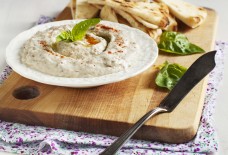The Hoodie and the Hijab: Arabness, Blackness, and the Figure of Terror
ONCE YOU’VE PAID the $24 admittance fee to the National September 11 Memorial Museum, you can make your way to the gift shop, and purchase FDNY and NYPD kitsch, silk scarves, survivor tree earrings, and sterling silver charms. In the first week of the museum’s opening in spring 2014, you could have also purchased a cheese plate in the shape of the United States and emblazoned with three hearts marking the geographies of trauma and suffering — the Pentagon, NYC, and a field in Pennsylvania. No better — and perhaps no more effective — symbol of the convergences of neoliberalism, US empire, and the banality of the global war on terror. And, due to a near viral outcry from family of the deceased, the cheese plate is no longer for sale, due to what the NY Post, among others, labeled “crass commercialism.”
Reading about the museum — which even in its title has unequivocally joined National (the idea of a nation) with the calendar day, “September 11” — I recall Fred Moten’s 2002 remark regarding the violence of the sentimentality of American public discourse. “American foreign policy took no time off to mourn,” he wrote, and “it does not stoop to feel even if it incorporates and controls a powerful discourse of feeling.” Over a decade later, it seems that the American public continues to refuse to feel, while exclaiming that all it is doing is simply feeling — mourning and fearing — and insisting on its right to protect and preserve these feelings.
Source: lareviewofbooks.org



